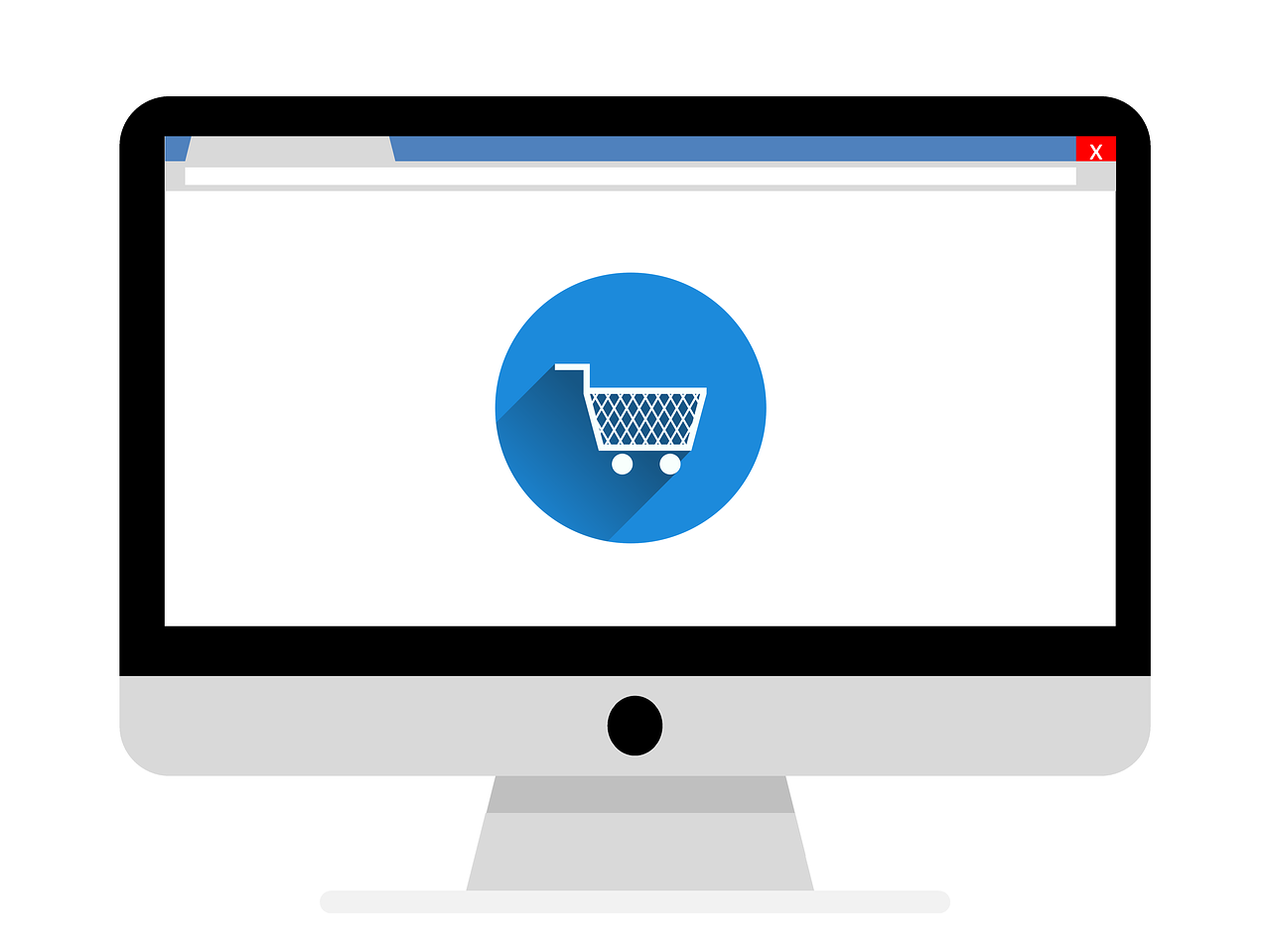
You have finally completed the design of your eCommerce site, it took you a long time to define it in detail so that it is perfect and represents your company in the best way, but… is it here?
Well no, most of the work hasn’t started yet!
Creating an e-commerce is only the beginning, how and when you buy the structure, building, building that will become the location of the business.
Just like an e-commerce site is your physical store, once it’s built, the real work begins: managing it.
Continuing to present the new site as a property, a receptacle for products for sale, it is easy to understand that after it is created, “furnished” and launched, you must begin to manage it, and then start a real business.
Ecommerce is a storefront, it presents products or services to the customers who visit it, in a larger context, national or global.
The main activities that are usually carried out when opening a store include, for example, hiring staff, setting goals, demonstrating new products, customer service, advertising, etc. What actions should be taken to best manage e-commerce?
Our ecommerce consulting firm has prepared 5 essential elements that should not be overlooked in order to start an effective and efficient e-commerce business.
5 Ecommerce Management Tips
We will show how to arrange e-commerce internal administration so that it is constantly maintained, user-friendly, efficient, and most importantly, saleable.
1. Customer service
Customer support includes any acts meant to help a customer or prospective customer before, during, or after a transaction.
A customer or prospective buyer may require guidance, assistance, and, in the case of an online business, communication with workers.
Create a chat box that opens every time you join the site, letting the visitor know you are available for any questions.
Alternatively, the customer may contact you by email, Facebook, Instagram, or any other controlled channel.
To maintain good customer service, not lose clients, and not harm the brand’s image, employees must constantly be ready to reply immediately to inquiries, questions, and complaints.
2. Administration and SEO
To efficiently maintain an e-commerce site, you need someone who can utilize the control panel, make changes, handle design, SEO, etc.
In summary, the platform’s managers must know how to enhance the platform’s performance and make it simpler to use.
Inexperienced users may upload photographs that are too large, change their structure inappropriately, or otherwise harm SEO.
Also, analysis, planning, and frequent monitoring of the facility’s progress and outcomes are vital.
This keeps you aware of what works well and what needs to be improved or replaced.
Finally, this budget will include all advertising, social media sponsorship, and other marketing activities.
3. Product content insert
These forms of material may greatly enhance your e-commerce, but they must be added with criteria.
Content is a way to interact with users (and also with potential future customers).
In a physical shop, dealers accompany the customer, inform, explain the product’s features, and answer questions.
What about online? Describe the product in depth using all available means: statistics, examples, tables, analytical description, images, videos, etc.
The better knowledgeable a buyer is, the fewer inquiries they will ask themselves and you, and the quicker they will buy.
In addition to product sheets, the site should provide information about the firm, team, values, and any other relevant information.
Having a blog area allows you to regularly add fresh information, investigate subjects, publish corporate or industry news, and demonstrate that the site is actively maintained.
Remember that content is king in Google search (to learn more, read: Google Positioning: What is the Algorithm and How Does it Work).
4. Vendor and order management
Depending on the goods offered, it is essential to coordinate delivery properly so that the consumer gets his order swiftly and affordably.
When starting an online business, you have to decide who to trust with delivery, who to accept deliveries from (if not your own production), who will handle logistics, packing, etc.
These selections form an organization’s backbone, and a particular figure is typically necessary for logistics, packing, and shipping.
If your business offers fresh fruit that must be delivered quickly, you must find a solution that assures both speed and quality while being affordable.
5. Mailing and packaging
When utilized appropriately, packaging delivers enormous advantages for your business.
Imprinting packages with your company’s logo, colors, or ticket takes little time and money, but it leaves a lasting impression on consumers or individuals.
Any of these may be used to improve client loyalty and boost sales.
Another option is to send an email upon receipt of a “Thank You” package, satisfaction survey, discount, or any other suggestion.
Dynaris is ready to help you overcome all these difficulties on the way to the success of your online store.


